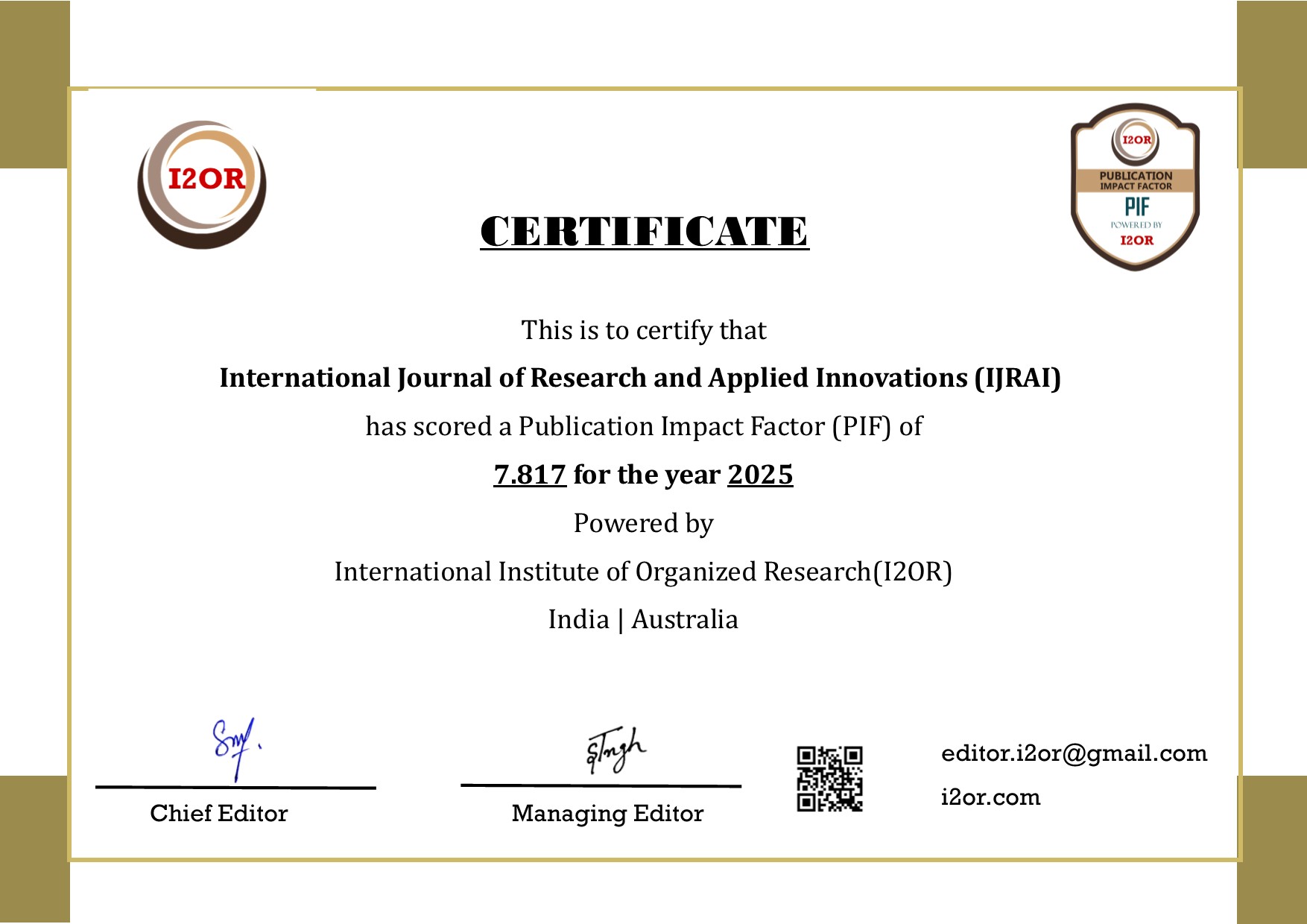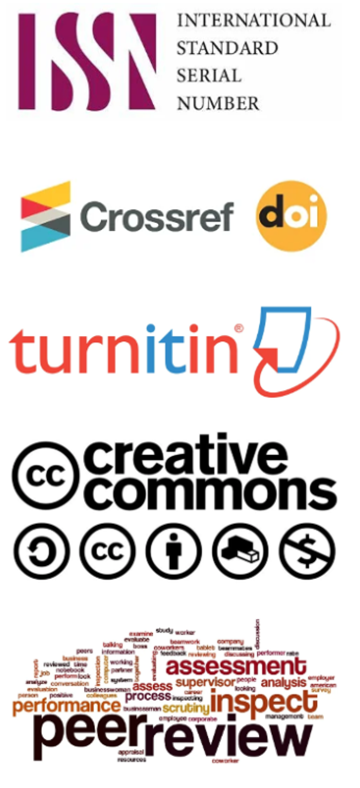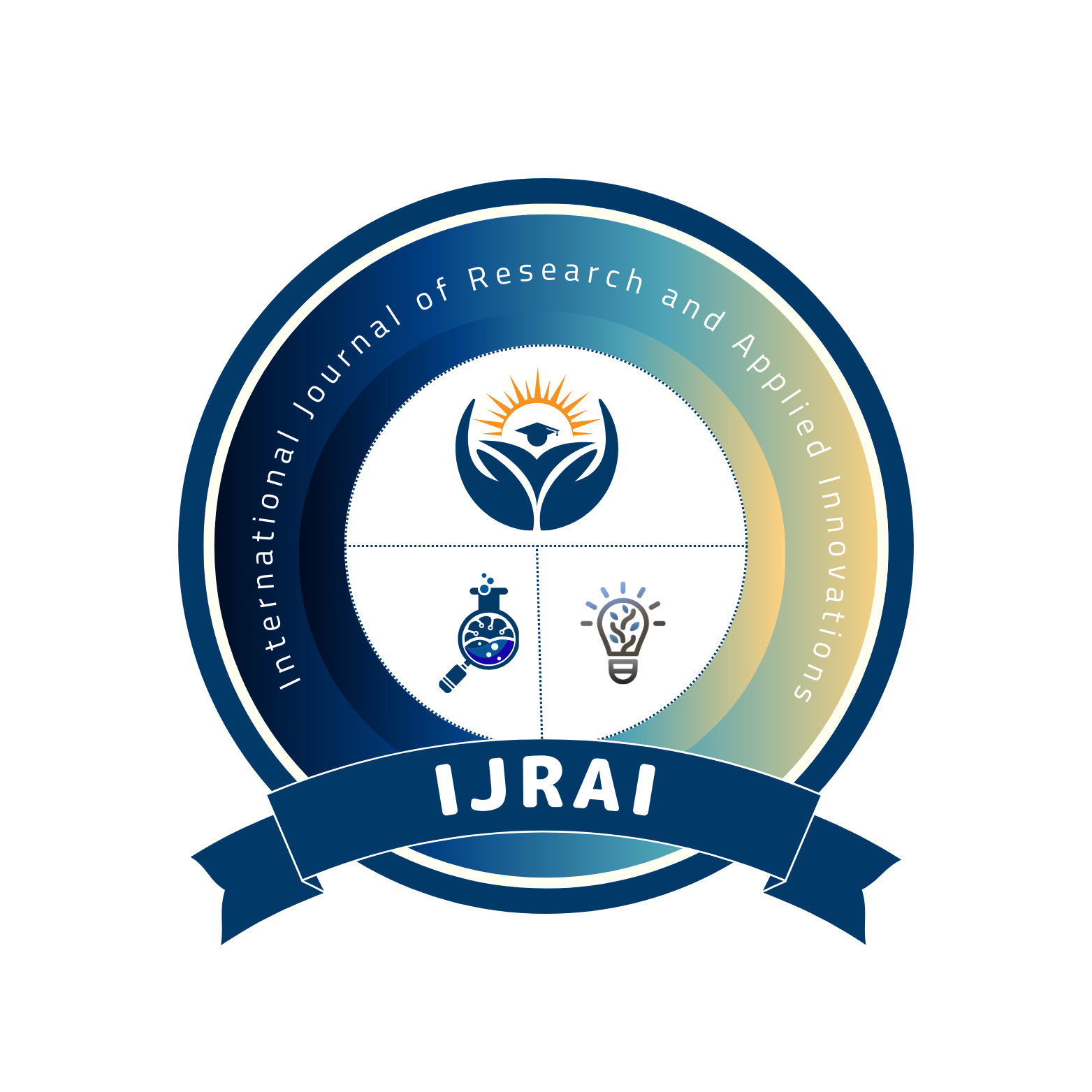Intelligent Cloud-Based KNN Model for Enhancing Data Quality in SAP Financial Systems
DOI:
https://doi.org/10.15662/IJRAI.2025.0806010Keywords:
SAP, Artificial Intelligence, Cloud Computing, KNN Algorithm, SQL, Data Quality, Financial SystemsAbstract
In modern enterprise environments, maintaining high-quality financial data within SAP systems is essential for accurate reporting, decision-making, and compliance. This paper proposes an Intelligent Cloud-Based KNN (K-Nearest Neighbour) Model designed to enhance data quality in SAP financial ecosystems. The proposed framework integrates Artificial Intelligence (AI), Cloud Computing, and SQL-based data processing to identify, classify, and rectify data inconsistencies efficiently. By deploying the KNN algorithm within a cloud infrastructure, the system enables scalable, distributed analysis of large SAP datasets, improving anomaly detection and pattern recognition in financial records. SQL queries facilitate structured data extraction and transformation, while AI modules automate validation and quality assurance tasks. Experimental results demonstrate improved data accuracy, reduced redundancy, and enhanced financial integrity across distributed SAP environments. This intelligent, cloud-driven approach establishes a robust foundation for continuous data quality monitoring and intelligent financial data management in enterprise systems.
References
1. Deng, S., Zhao, H., Huang, B., Zhang, C., Chen, F., Deng, Y., … Zomaya, A. Y. (2023). Cloud Native Computing: A Survey from the Perspective of Services. arXiv. https://doi.org/10.48550/arXiv.2306.14402
2. Jannatul, F., Md Saiful, I., Md, S., & Gul Maqsood, S. (2025). AI-Driven Investment Strategies Ethical Implications and Financial Performance in Volatile Markets. American Journal of Business Practice, 2(8), 21-51.
3. Manda, P. (2025). Optimizing ERP resilience with online patching: A deep dive into Oracle EBS 12.2. x ADOP architecture. International Journal of Research Publications in Engineering, Technology and Management (IJRPETM), 8(1), 11786-11797.
4. Poornima, G., & Anand, L. (2025). Medical image fusion model using CT and MRI images based on dual scale weighted fusion based residual attention network with encoder-decoder architecture. Biomedical Signal Processing and Control, 108, 107932.
5. Dr R., Sugumar (2023). Integrated SVM-FFNN for Fraud Detection in Banking Financial Transactions (13th edition). Journal of Internet Services and Information Security 13 (4):12-25.
6. Mao, Y., Fu, Y., Gu, S., Vhaduri, S., Cheng, L., Liu, Q. (2020). Resource Management Schemes for Cloud Native Platforms with Computing Containers of Docker and Kubernetes. arXiv. https://doi.org/10.48550/arXiv.2010.10350
7. Pourmajidi, W., Zhang, L., Steinbacher, J., Erwin, T., Miranskyy, A. (2023). A Reference Architecture for Governance of Cloud Native Applications. arXiv. https://doi.org/10.48550/arXiv.2302.11617
8. FINACLE. (n.d.). Finacle Digital Banking Platform Cloud native Foundations for Unmatched Agility, Innovation and Resilience. Infosys Finacle. Retrieved from https://www.finacle.com/technology/cloud native foundations for unmatched agility/
9. Karanjkar, R., & Karanjkar, D. (2024). Optimizing Quality Assurance Resource Allocation in Multi Team Software Development Environments. International Journal of Technology, Management and Humanities, 10(04), 49-59.
10. Archana, R., & Anand, L. (2025). Residual u-net with Self-Attention based deep convolutional adaptive capsule network for liver cancer segmentation and classification. Biomedical Signal Processing and Control, 105, 107665.
11. Komarina, G. B. (2024). Transforming Enterprise Decision-Making Through SAP S/4HANA Embedded Analytics Capabilities. Journal ID, 9471, 1297.
12. Mambu & Celent. (n.d.). Financial institutions could save USD 246.1 billion running a cloud native core. Mambu Insights. Retrieved from https://mambu.com/en/insights hub/press/financial institutions could save-usd246 1 billion running a cloud native core
13. Arulraj AM, Sugumar, R., Estimating social distance in public places for COVID-19 protocol using region CNN, Indonesian Journal of Electrical Engineering and Computer Science, 30(1), pp.414-424, April 2023.
14. Ahmad, S., & Ahmad, H. M. (2025). Green AI for Sustainable Employee Attrition Prediction: Balancing Energy Efficiency and Predictive Accuracy. International Journal of Advanced Research in Computer Science & Technology (IJARCST), 8(3), 12155-12160.
15. Gosangi, S. R. (2024). AI POWERED PREDICTIVE ANALYTICS FOR GOVERNMENT FINANCIAL MANAGEMENT: IMPROVING CASH FLOW AND PAYMENT TIMELINESS. International Journal of Research Publications in Engineering, Technology and Management (IJRPETM), 7(3), 10460-10465.
16. Kumar, A., Anand, L., & Kannur, A. (2024, November). Optimized Learning Model for Brain-Computer Interface Using Electroencephalogram (EEG) for Neuroprosthetics Robotic Arm Design for Society 5.0. In 2024 International Conference on Computing, Semiconductor, Mechatronics, Intelligent Systems and Communications (COSMIC) (pp. 30-35). IEEE.
17. Sivaraju, P. S., & Mani, R. (2024). Private Cloud Database Consolidation in Financial Services: A Comprehensive Case Study on APAC Financial Industry Migration and Modernization Initiatives. International Journal of Research Publications in Engineering, Technology and Management (IJRPETM), 7(3), 10472-10490.
18. Ranjan, R. (2023). Architecting the Future: Transitioning Enterprise Applications to Kubernetes and SAP Kyma Runtime. International Journal of Intelligent Systems and Applications in Engineering, 11(9s), 841 .
19. Arjunan, T., Arjunan, G., & Kumar, N. J. (2025, July). Optimizing the Quantum Circuit of Quantum K-Nearest Neighbors (QKNN) Using Hybrid Gradient Descent and Golden Eagle Optimization Algorithm. In 2025 International Conference on Computing Technologies & Data Communication (ICCTDC) (pp. 1-7). IEEE.
20. Joyce, S., Pasumarthi, A., & Anbalagan, B. SECURITY OF SAP SYSTEMS IN AZURE: ENHANCING SECURITY POSTURE OF SAP WORKLOADS ON AZURE–A COMPREHENSIVE REVIEW OF AZURE-NATIVE TOOLS AND PRACTICES.
21. Capgemini. (2022). Cloud Native Applications in Banking: How Banks are Making Cloud Native a Reality. Capgemini Insights. Retrieved from https://www.capgemini.com/us-en/wp content/uploads/sites/30/2022/05/cloud native-applications_banking 2.pdf
22. “Cloud native Core Banking Platforms Market Research Report 2033”. (n.d.). MarketIntelo. Retrieved from https://marketintelo.com/report/cloud native core banking-platforms market
23. i Exceed. (2024, July 29). Unleashing the Potential of Cloud Native Technologies in Modern Banking. White paper.
24. Dr R., Sugumar (2023). Deep Fraud Net: A Deep Learning Approach for Cyber Security and Financial Fraud Detection and Classification (13th edition). Journal of Internet Services and Information Security 13 (4):138-157.
25. Anand, L., Krishnan, M. M., Senthil Kumar, K. U., & Jeeva, S. (2020, October). AI multi agent shopping cart system based web development. In AIP Conference Proceedings (Vol. 2282, No. 1, p. 020041). AIP Publishing LLC.
26. Konda, S. K. (2025). LEVERAGING CLOUD-BASED ANALYTICS FOR PERFORMANCE OPTIMIZATION IN INTELLIGENT BUILDING SYSTEMS. International Journal of Research Publications in Engineering, Technology and Management (IJRPETM), 8(1), 11770-11785.
27. Soldani, J., Brogi, A. (2021). Anomaly Detection and Failure Root Cause Analysis in (Micro)Service Based Cloud Applications: A Survey. arXiv. https://doi.org/10.48550/arXiv.2105.12378









